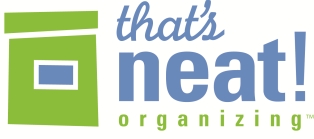ADD Resources
/Last week I attended an amazing seminar, sponsored by the National Association of Professional Organizers-New England, focused on successful organizing strategies for people with ADD. Led by ADD Coach Victoria Ball and a panel of experts, I learned even more tips and approaches to working with clients who have ADD/ADHD.
If you or someone you know has ADD, here are some helpful resources:
Two organizing books written in an ADD-friendly way:
- Organizing Solutions for People with ADD, Susan Pinsky
- ADD-Friendly Ways to Organize Your Life, Judith Kolberg & Kathleen Nadeau
Websites to check out:






